In the video above, Sam Kelton (with Spud, the pump mechanic) describes how atmospheric pressure and vapor pressure can play a role in cavitation formation.
By better understanding the basics of atmospheric pressure, you can take the necessary steps to prevent pump cavitation.
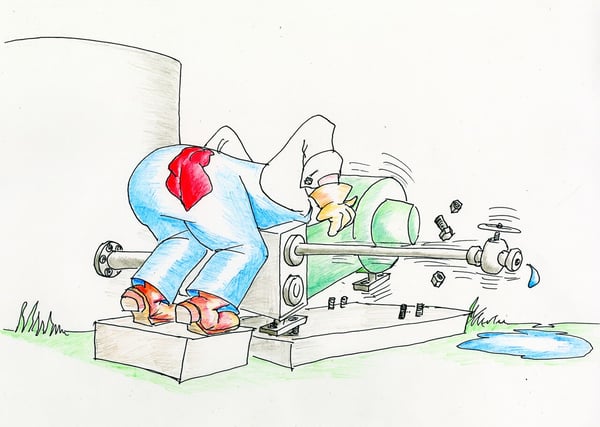
The Basics of Atmospheric Pressure
- Atmospheric pressure is just what it sounds like: It’s the pressure within the atmosphere of the Earth. The atmosphere is the layer of weighted air surrounding Earth.

- Think of the weight of Earth’s atmosphere in terms of a swimming pool. As Spud, the pump mechanic, dives deeper in his pool he experiences increasing weight and pressure from the layers of water on top of him.
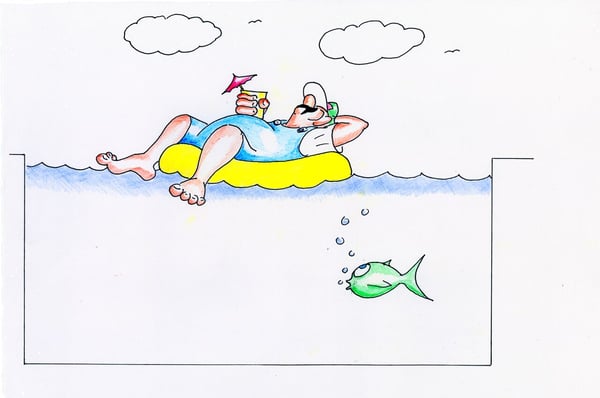
- The process of boiling water in a pot applies the same principle. As the water heats, molecules form vapor bubbles that rise toward the surface in the direction of areas with less pressure. At the same time, the pressure from Earth’s atmosphere pushes back against the surface of the boiling water. The steam that forms above the pot is created through vapor bubbles escaping from the boiling water.
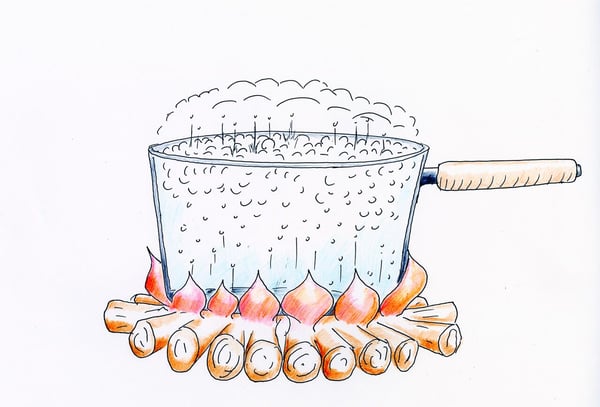
- The atmosphere is thinner at higher altitudes and thicker at lower ones. The thicker the atmosphere, the more it weighs. So, since there’s less overlying atmospheric mass at higher altitudes, atmospheric pressure decreases as elevation increases.
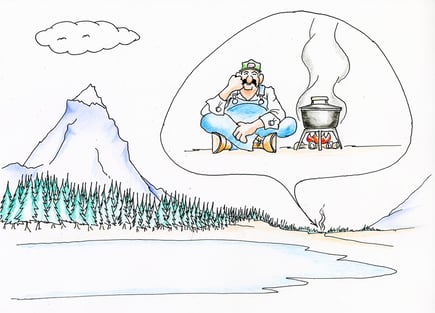
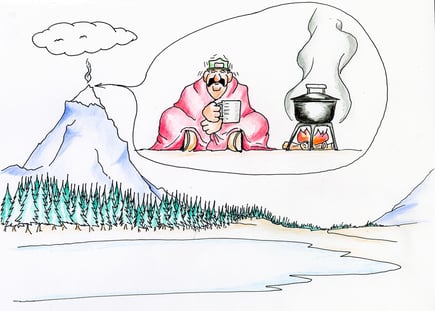
Atmospheric Pressure Impacts
To learn more about atmospheric pressure, cavitation, important pump terminology, and how atmospheric pressure significantly affects reciprocal plunger pumps, download Triangle Pump Components’ (TPCI) full informational coloring book!
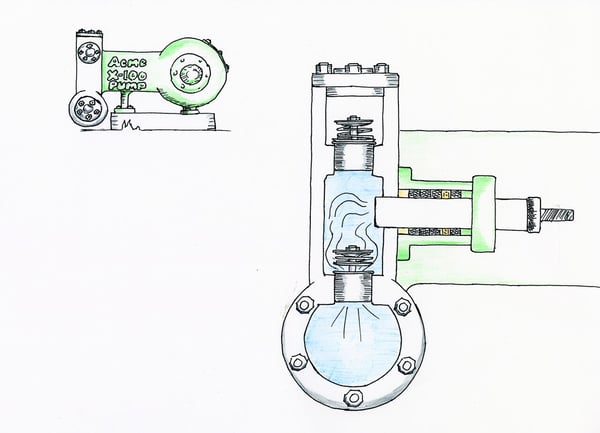
TPCI produces a full line of high-quality pump valves, ceramic and metal plungers, stuffing box brass, and plunger packing. For more information about our services, or for answers to your atmospheric pressure questions, contact a member of our team today.




Comments